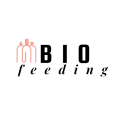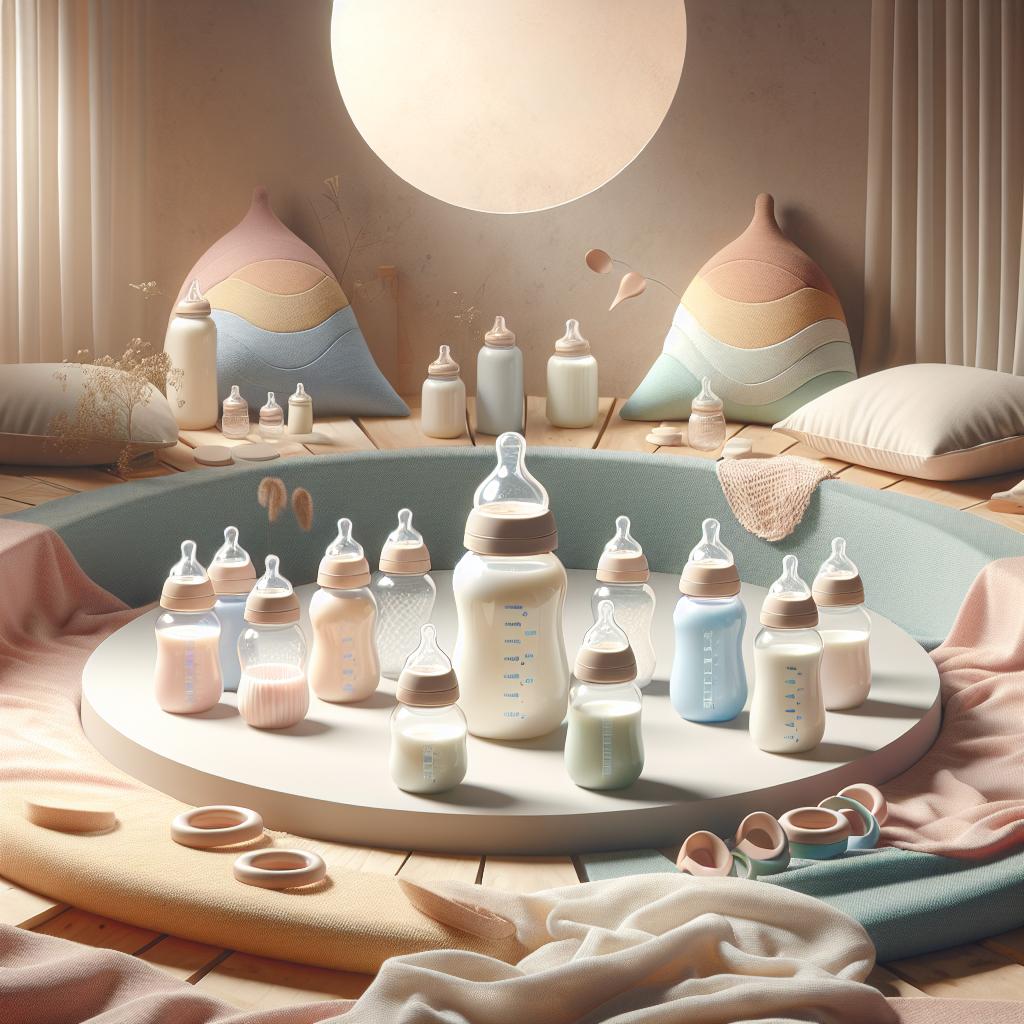A Deep Dive into the Closest to Breastfeeding Bottles
Understanding the Closest to Breastfeeding Concept
The closest to breastfeeding concept is the cutting-edge design approach that mimics the natural breastfeeding experience. The aim is to create a seamless transition from the breast to the bottle. It’s a thought-out methodology that targets both mother’s and baby’s comfort, making it an excellent solution for moms who need to balance between breastfeeding and bottle feeding.
This nearly breastfeeding concept provides a unique feature set like:
– Bottles that simulate the texture of a mother’s breast
– Designs that promote a natural latch
– Ideal flow rate that matches natural breastfeeding rhythm
The Importance of Choosing the Right Feeding Bottle
Finding the closest to breastfeeding bottles creates a breastfeeding-like experience for your baby. In addition to helping with feeding transitions, it makes the feeding time more comfortable and enhances the bond between the mother and the baby.
As suggested by KidsHealth, the right bottle can also minimize common feeding problems such as gas and colic.
Makes Transition Easier
When you introduce a bottle that closely mimics the breastfeeding experience, your baby is less likely to experience bottle rejection. According to Bio-Feeding, preventing bottle rejection is critical for mothers who need to combine breastfeeding with bottle feeding. The little ones will easily switch between the two with minimal fuss, ensuring they get their sustenance while the mother can comfortably maintain her schedule.
Supports Healthy Feeding Habits
Choosing the closest to breastfeeding bottle supports healthy feeding habits. It encourages the baby to use the same sucking actions they would use when breastfeeding, promoting healthy oral development. The best bottles for breastfed babies ensure that the baby works for the milk, similar to breastfeeding, preventing overfeeding and promoting a healthy feeding pace.
Key Features of the Closest to Breastfeeding Bottle
When looking for the closest to breastfeeding bottle, there are certain features you should consider. These include, but are not limited to:
– Natural latch: A bottle with a nipple that encourages a wide latch, like the one in breastfeeding, will ensure your baby can easily switch between the breast and the bottle.
– Texture: A nipple with a soft and skin-like feel will enhance the breastfeeding-like experience.
– Flow rate: Look for a bottle with an adjustable flow rate to match the natural sucking rhythm of your baby.
Ensuring a Successful Transition
Remember, every baby is unique. So, finding the perfect bottle that your baby loves might take some trial and error. Be patient and try different bottles until you find the one that your baby is comfortable with.
Useful tips from NCT and Serenity Kids suggest introducing the bottle when the baby is not overly hungry, offering it in different positions, and allowing someone else to give the first bottle feeds.
It’s also crucial to maintain the bond with your baby during feeding. Hold them close, maintain eye contact, and switch sides as you would while breastfeeding. With the right feeding bottle and technique, transitioning between the breast and bottle feeding can be a smooth and enjoyable experience.
Aiding in Breastfeeding Challenges
The closest to breastfeeding bottles also lend a helping hand to mothers facing breastfeeding challenges such as low milk production, difficulties achieving a latch, or sore and cracked nipples. Using such baby bottles ensure the baby still gets the essential nutrients while the mother gets the rest and recovery she needs. It’s also great for mothers returning to work, allowing them to maintain their child’s breastfeeding habits even in their absence. For such cases, following the CDC’s guidelines on proper weaning is essential.
Maintaining Nutritional Composition of Breast Milk
Breast milk provides the optimal nutrition for infants. It has the perfect mix of vitamins, protein, and fat, which your baby needs to grow. Besides the superior nutritional profile, it also contains antibodies that help your baby fight off viruses and bacteria. Closest to breastfeeding bottles aid in maintaining the quality of breast milk during feeding as per the research published by PubMed.
Ensuring a Comfortable Mealtime Experience
Another significant advantage of using the closest to breastfeeding bottles is that they provide a more comfortable and enjoyable mealtime experience. They make the feeding process more ergonomic and mother-like, thus reducing the baby’s discomfort during feeding. This feature, combined with high-quality feeding accessories and products like those from Blooming Bath’s mealtime collection, results in a stress-free, nurturing experience for your baby.
Preventing Colic and Gas Pains
Breastfed babies are generally less prone to colic, gas, and spit-ups. This is because air intake during bottle feeding is a major reason behind these issues and by closely mimicking the breastfeeding experience, the closest to breastfeeding bottles can help keep them at bay. These bottles are designed with superior venting systems that reduce air intake during feeding, thereby improving digestion and reducing incidences of colic and gas pains.
Supporting Sustainable Infant Feeding
In support of sustainable infant feeding, the closest to breastfeeding bottles are generally made safe, non-toxic materials that are free from BPA, PVC, lead, and phthalate. They are also longer-lasting and more resilient than regular bottles, and are therefore a more eco-friendly alternative.
Conclusion: It’s All About Balance
Balancing between breastfeeding and bottle feeding doesn’t have to be a tug of war. The closest to breastfeeding bottles offer a remarkable solution to this predicament. They make the transition between breast and bottle seamless and comfortable for both the mother and the baby. For the best result, always consider features that mirror the breastfeeding experience when choosing a bottle. It may require a bit of trial and error, but the end result will be worth it.
Finally, do chart out a feeding plan, consult with your pediatrician, and remember, both breastfeeding and bottle-feeding come with their unique sets of rewards and challenges. But with the right tools, patience, and preparation, feeding your child can be a rewarding experience.

